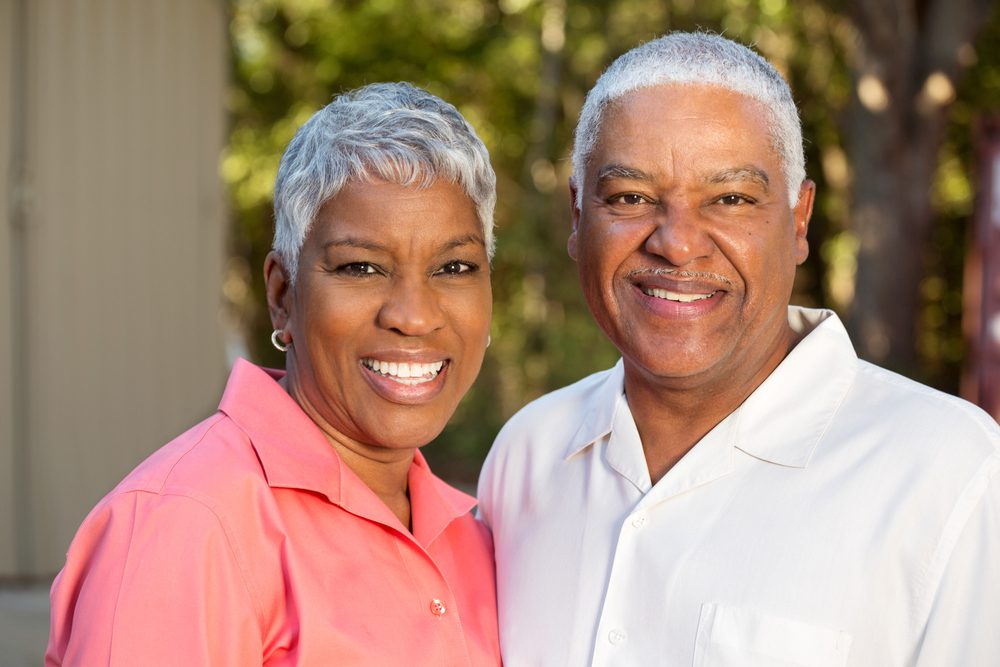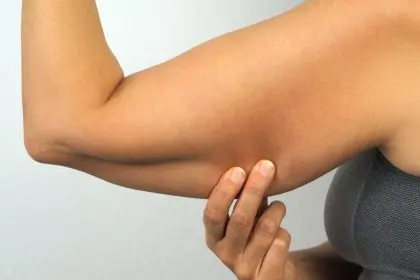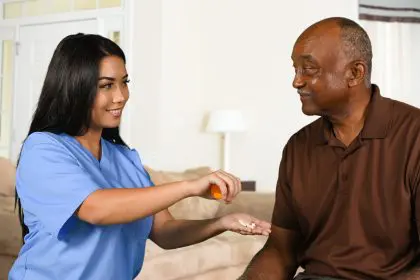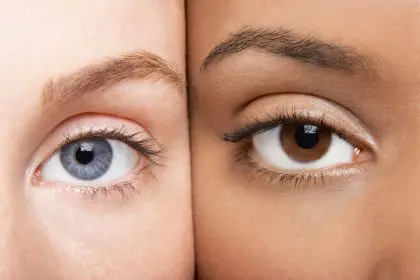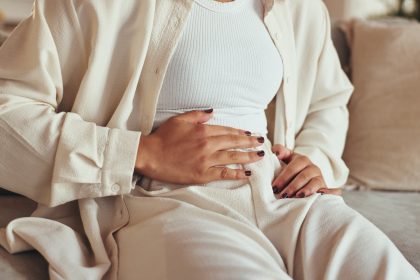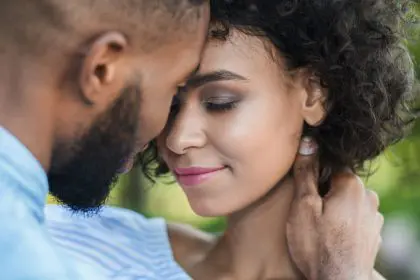Have you ever gazed into the mirror and noticed the subtle yet undeniable signs of aging, particularly in the form of silver strands infiltrating your once vibrant mane? The appearance of gray hair is a phenomenon that has intrigued and sometimes dismayed individuals for centuries. While some gracefully embrace their newfound silver crowns, others seek to conceal this visible evidence of the passage of time. But what exactly causes the onset of gray hair on your head and face?
Gray hair is a natural part of aging, but many people wonder why it starts growing in the first place. A few factors contribute to graying hair, including genetics, stress, and lifestyle.
In this article, we’ll examine the science behind gray hair and discuss the factors that can affect when and how quickly it develops. We’ll also provide tips on keeping your hair looking its best, even as you age.
The science of gray hair
The color of your hair is determined by a pigment called melanin. Melanin is produced by cells in the hair follicle called melanocytes. As you age, the melanocytes in your hair follicles start to die. This means that less melanin is produced, and your hair starts to grow in lighter and lighter colors until it eventually turns gray or white.
There are a few different reasons why melanocytes die. One reason is genetics. If your parents or grandparents started going gray at a young age, there’s a good chance you will, too. Another reason is stress. Stress can damage the melanocytes in your hair follicles, leading to premature graying.
Other factors that affect gray hair
In addition to genetics and stress, there are a few other factors that can affect gray hair, including:
- Smoking: Smoking can damage the DNA in your melanocytes, leading to premature graying.
- Thyroid problems: An overactive or underactive thyroid can lead to premature graying.
- Vitamin B12 deficiency: A lack of vitamin B12 can also cause hair to turn gray.
How to keep your hair looking its best
While there’s no way to completely stop gray hair from growing, there are a few things you can do to keep your hair looking its best:
- Eat a healthy diet: Ensure you get enough vitamins and minerals, including vitamin B12.
- Manage stress: Stress can damage your hair follicles, so finding healthy ways to manage stress is essential.
- Protect your hair from the sun: The UV rays can damage it and make it look dull and lifeless. Wear a hat or scarf when you’re in the sun for extended periods.
- Use a color-safe shampoo and conditioner: If you decide to color your hair, be sure to use a shampoo and conditioner specifically designed for colored hair. This will help to protect your color and keep your hair looking its best.
Additional tips for dealing with gray hair
- If you’re not quite ready to rock the gray hair look, you can do a few things to cover it up. You can dye your hair, use a spray-on root touch-up, or even try a new hairstyle.
- If you decide to dye your hair, be sure to choose a color close to your natural color. This will make the transition to gray hair less noticeable as you age.
- Talk to your stylist if you’re unsure what to do with your gray hair. They can help
Gray hair is a natural part of aging, but it doesn’t have to take over your life. Understanding the science behind gray hair and taking steps to keep it healthy, you can keep your hair looking its best, even as you age.
This story was created using AI technology.

